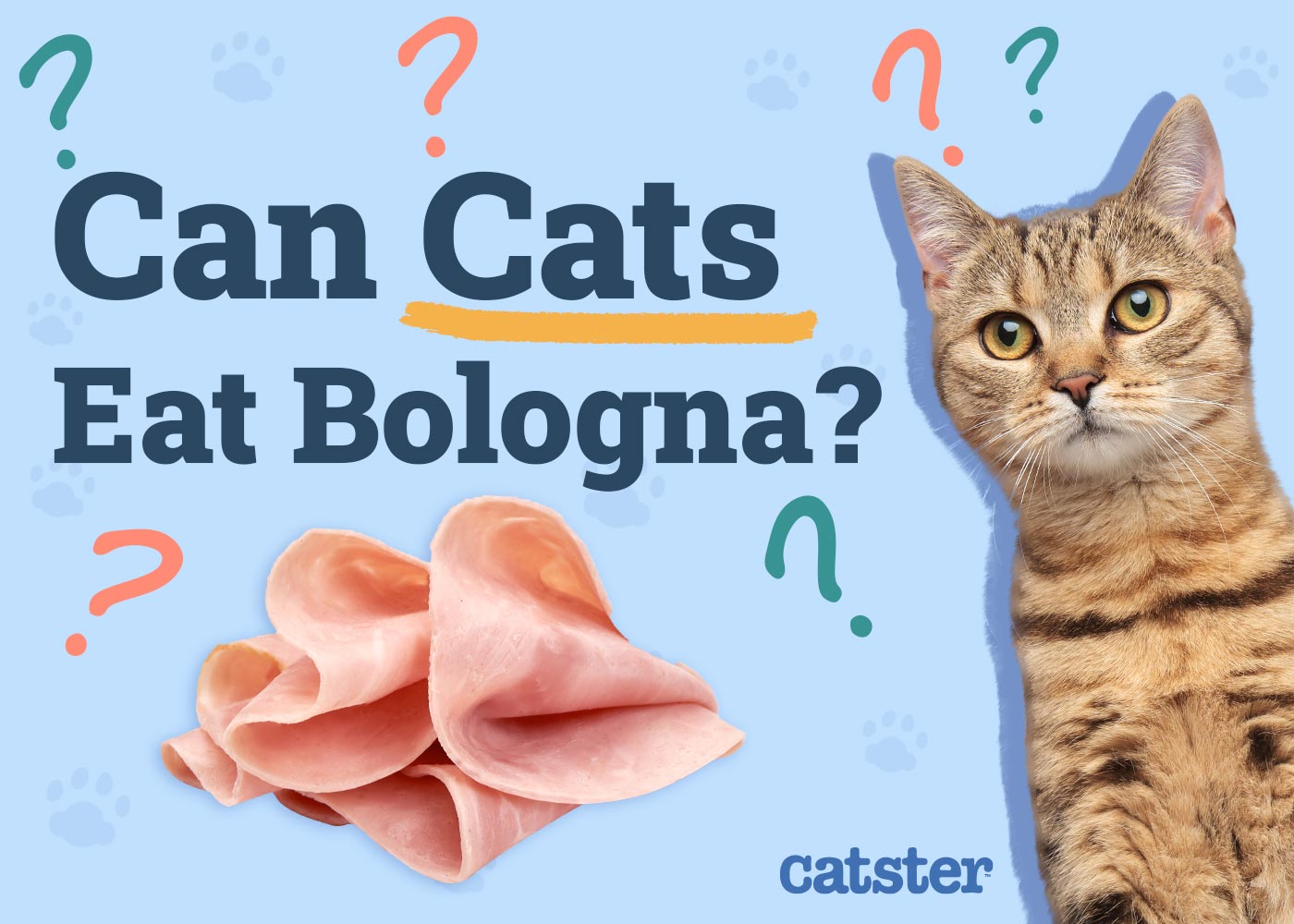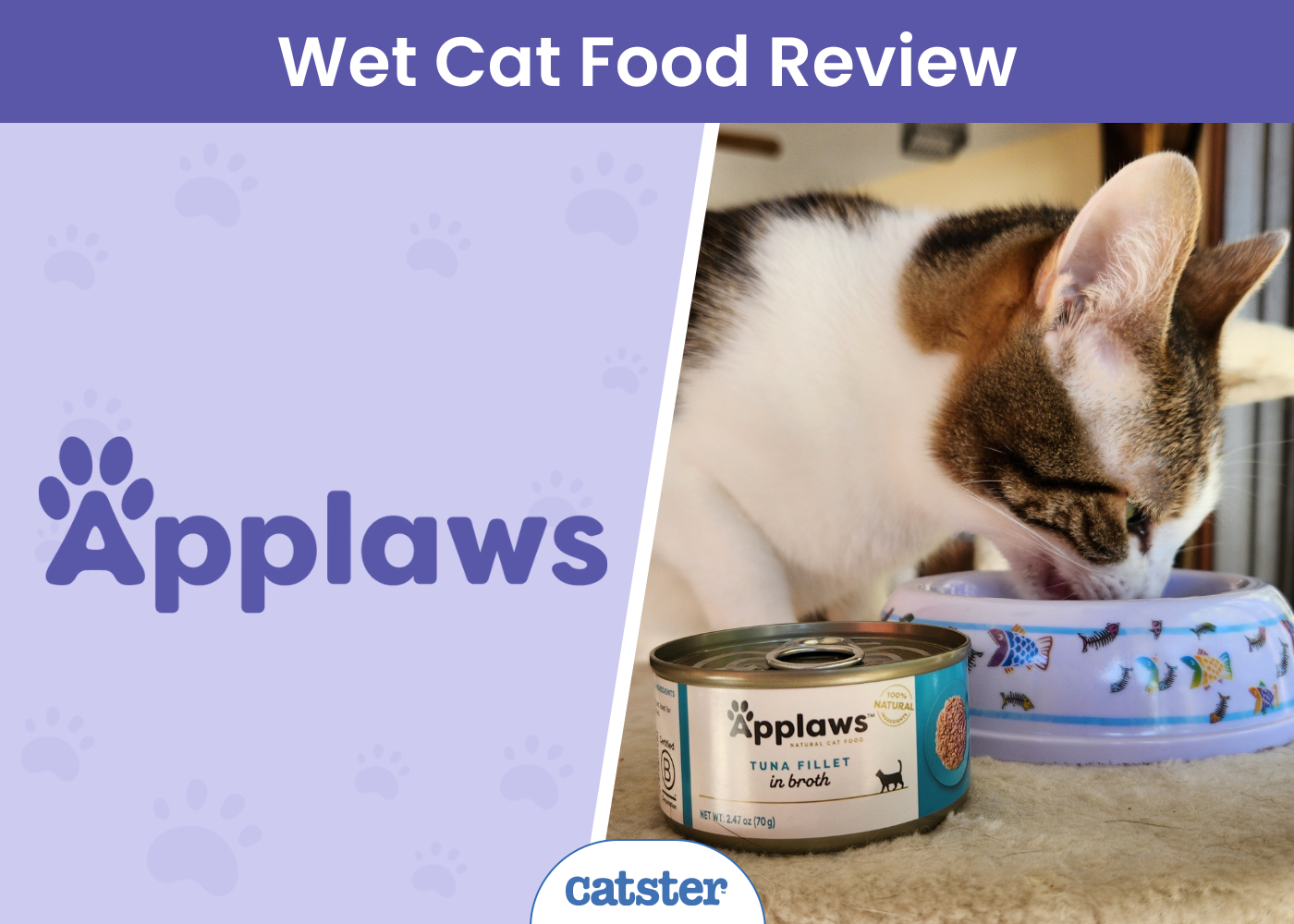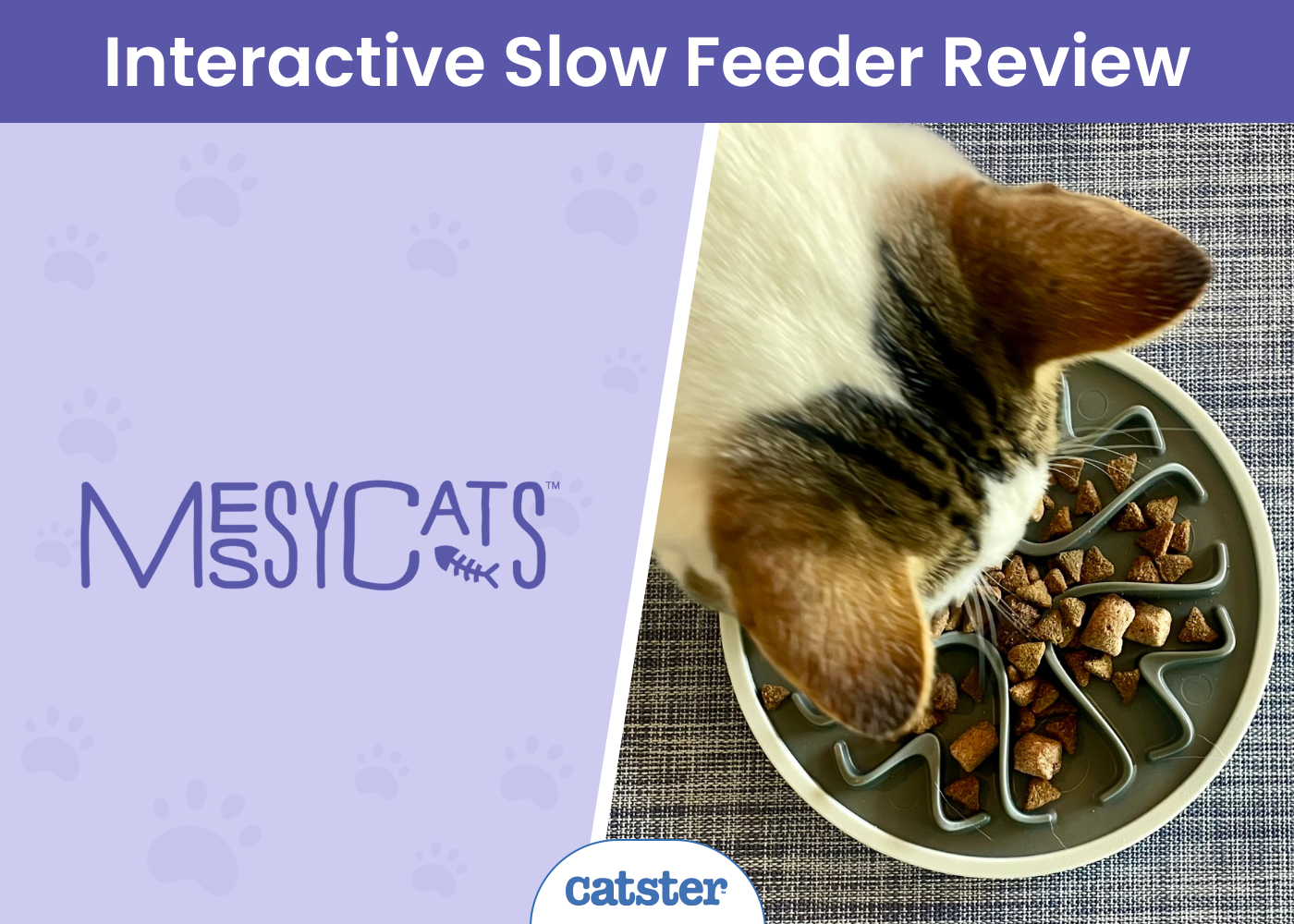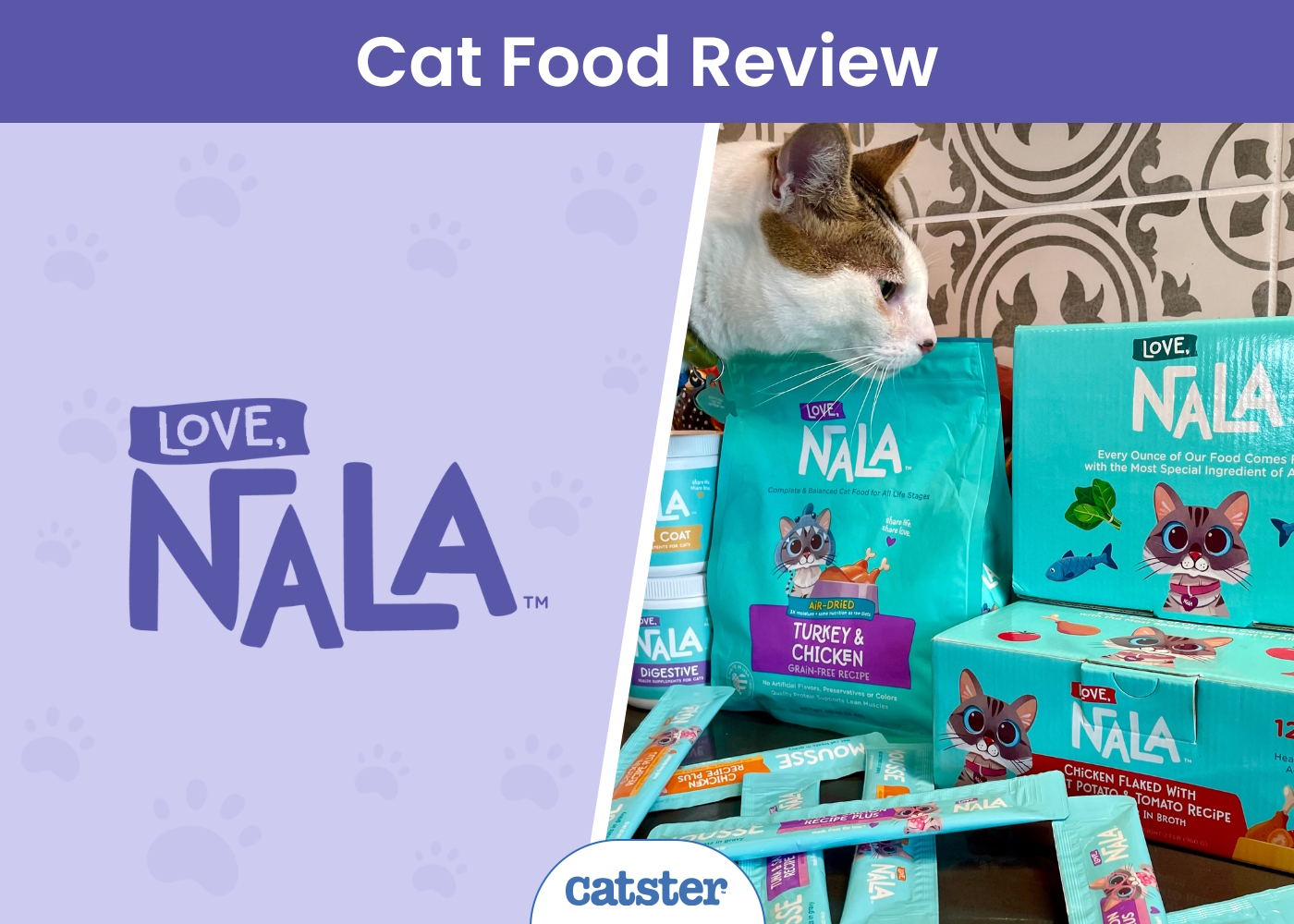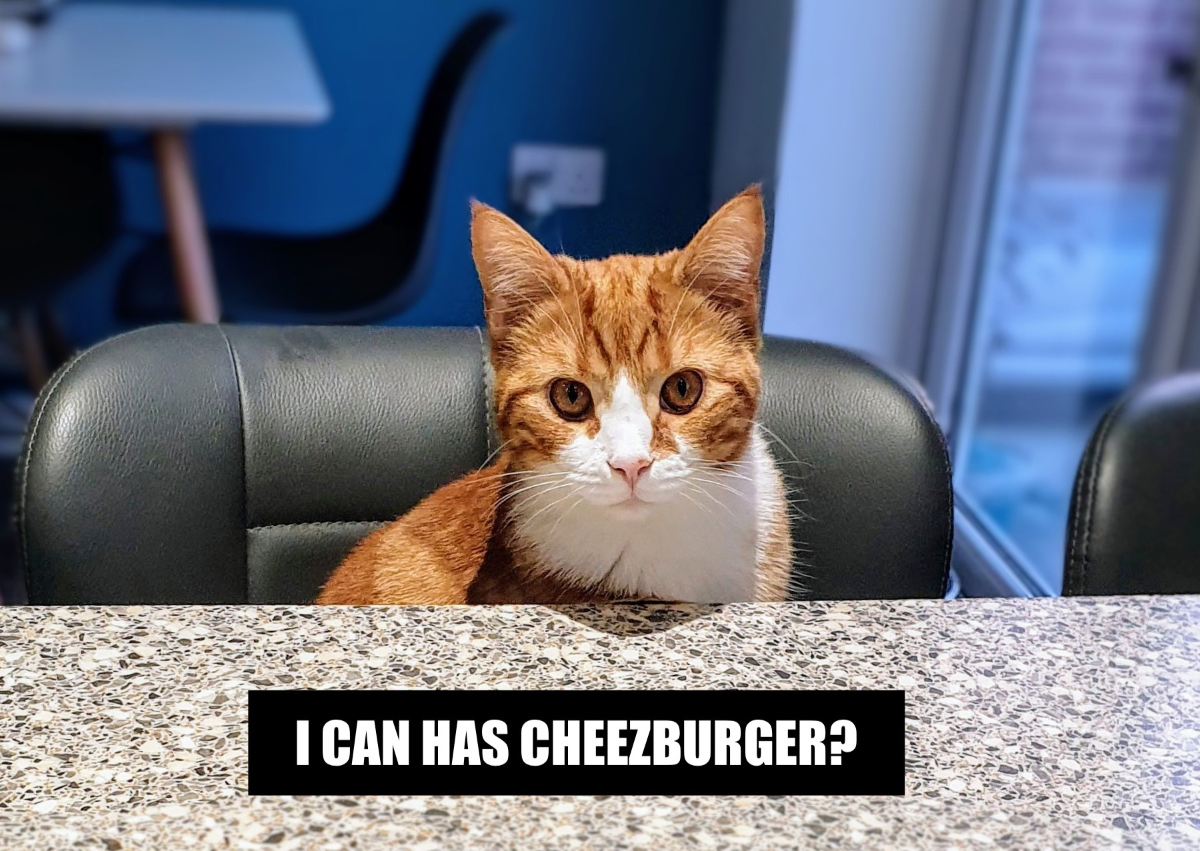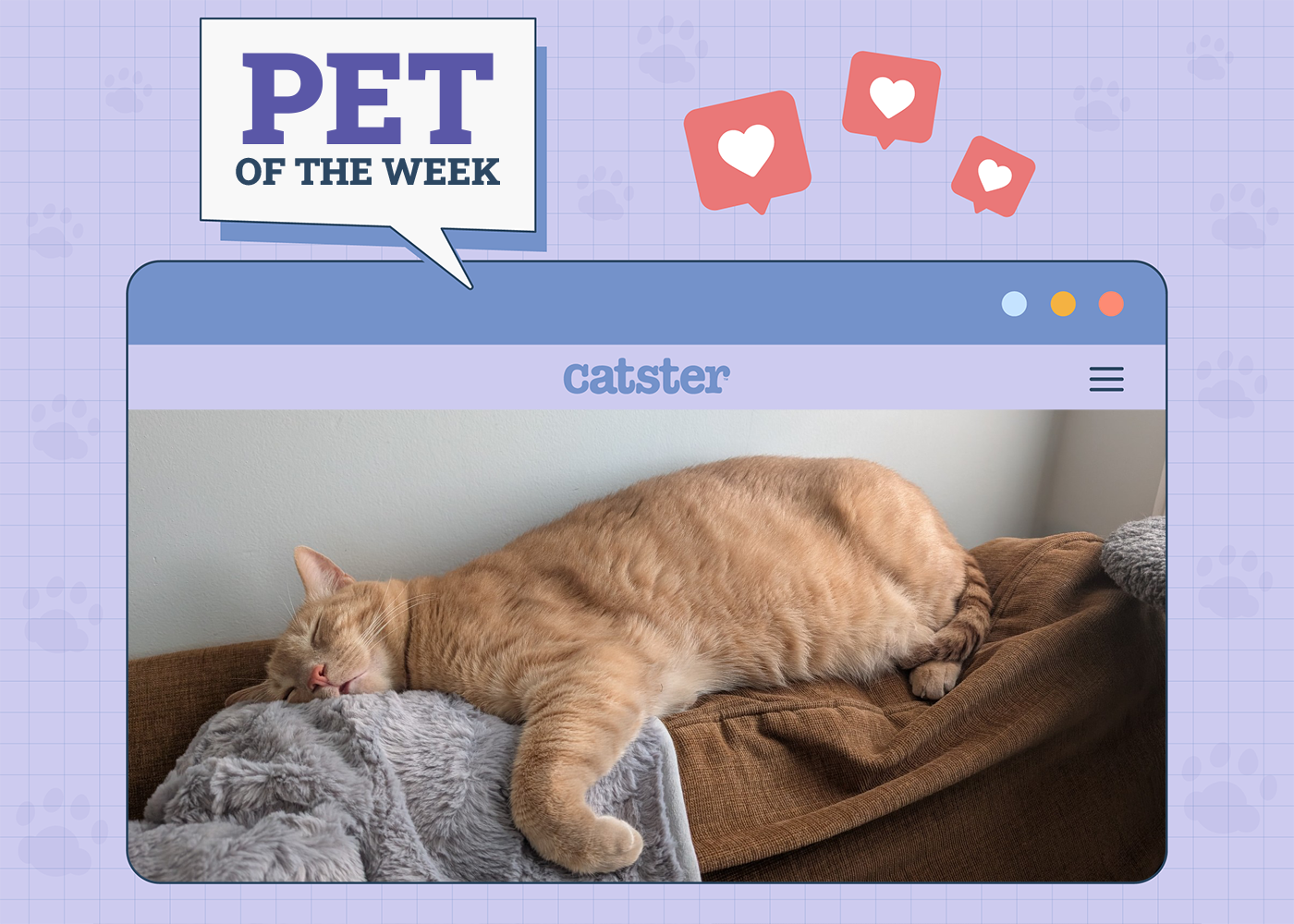Click to Skip Ahead
You may not be able to make a bologna sandwich without your cat meowing at your feet, begging for some. Bologna has a strong scent that some cats find irresistible. Since bologna is made from meat, it might seem fine to offer your carnivorous kitty a taste.
But bologna is not a healthy food option for cats. Even though it’s a meat product, it contains ingredients that your cat should not eat. This doesn’t mean bologna is toxic to cats, but it does mean that eating too much of it can lead to health problems.
Eating a small piece of bologna occasionally may not cause any issues for your cat, but read on to learn more about why this meat shouldn’t be a regular treat.

Risky Bologna Ingredients
If you’ve been routinely sharing your bologna sandwich with your cat up until now, there’s no need to worry. It’s not poisonous to your cat, but it’s not the healthiest snack for them either. The ingredients in bologna are what make this meat so tasty, but they can pose health risks to your cat.
Cats are obligate carnivores and were designed to digest meat. Their digestive systems work well to process simple, lean meats. Bologna is usually made from pork and seasonings but may be a mix of beef, chicken, turkey, and pork. By themselves, these ingredients won’t harm your cat, unless they are allergic to one of these proteins. But the cuts of meat that are used can be extremely fatty. Too much fat is not healthy for your cat to eat, as they thrive best on a moderate amount of fat. The ingredients will differ depending on the brand and flavor of bologna that you purchase.
However, most bolognas include:
- Fat
- Salt
- Sugar
- Corn syrup
- Garlic
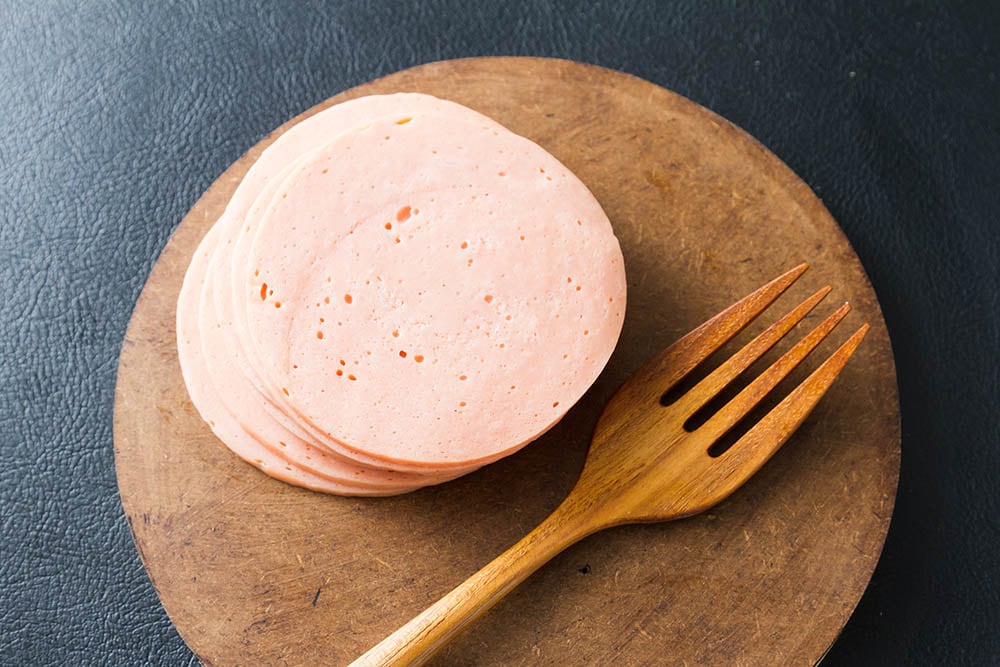
1. Fat
Fattier portions of meat are processed and used for bologna. While some fat is good for your cat, they can get the amount that they need from their regular food. Too much fat in your cat’s diet can cause obesity if the extra calories go unused.
Obese cats may have a higher risk of cancer, diabetes, heart disease, and arthritis. They may also develop fatty liver disease if they stop eating for a few days due to illness. Fatty liver disease is life-threatening.
2. Salt
Too much salt in a cat’s diet can lead to salt poisoning. Excessive amounts of salt are toxic to cats. Bologna has large amounts of salt in it. While a small piece of it won’t hurt your cat, problems can occur if your cat eats bologna regularly or eats a large portion of it at a time.
Signs of salt poisoning include vomiting, excessive thirst, diarrhea, incoordination, and lethargy. In extreme cases, salt poisoning can cause kidney damage and lead to death.
3. Sugar
Sugar in bologna can be in the form of corn syrup. Sugar isn’t toxic to cats, but their digestive systems weren’t made to process a lot of it. A natural diet for cats would consist of very small amounts of carbohydrates. Any unused calories from sugar will be stored as fat and cause weight gain. While it’s safe for your cat to have sugar occasionally, they shouldn’t eat it often. This should be a rare occurrence to avoid potential health problems. They also have no taste receptors for sweet items.
4. Garlic
Garlic can be found in some bologna. In all forms — powdered, crushed, dried, raw, cooked, etc. — garlic is toxic to cats and they should not eat it. Garlic powder is more toxic than fresh garlic because its condensed form makes it more potent.
Garlic contains the oxidant n-propyl disulfide. Cats are more sensitive to this oxidant than humans are, and it causes oxidative damage to red blood cells. This leads to hemolysis, the destruction of the red blood cells by the body, which in turn leads to anemia.
Pale gums, lethargy, weakness, and fatigue are signs of anemia; blood in the urine and gastrointestinal problems can also be seen with garlic toxicity. If the condition is severe enough, a blood transfusion will be necessary to save the cat’s life. Anemic cats may need a lot of veterinary treatment for recovery.
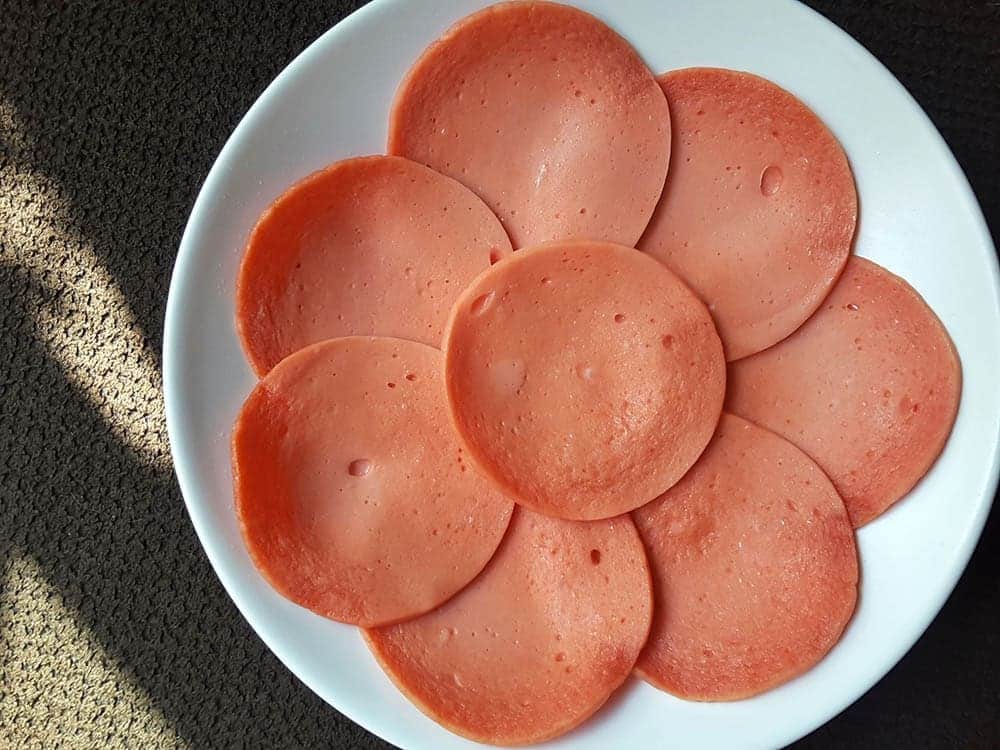

How Much Bologna Can a Cat Eat?
If you can avoid giving your cat any bologna, this is the safest option. If you must give them some, stick to as little and as few pieces as possible. They should not be given a full slice of bologna to eat.
Cut up small pieces about the size of your fingertip, and give them to your cat if you can’t refuse them, but remember that this is not healthy food for them. One or two bites likely won’t do any harm, as long as this isn’t done every day.
If you’re training your cat to do something new, small pieces of lean meat such as chicken or beef can be offered as an incentive instead of bologna.
Can Cats Eat Other Lunch Meats?
Deli meat is usually loaded with salt, which is unhealthy for cats. Turkey or chicken breast and lean ham or roast beef are healthier than bologna but should still only be offered to your cat in moderation. These meats can be used for training or disguising short-term medication.
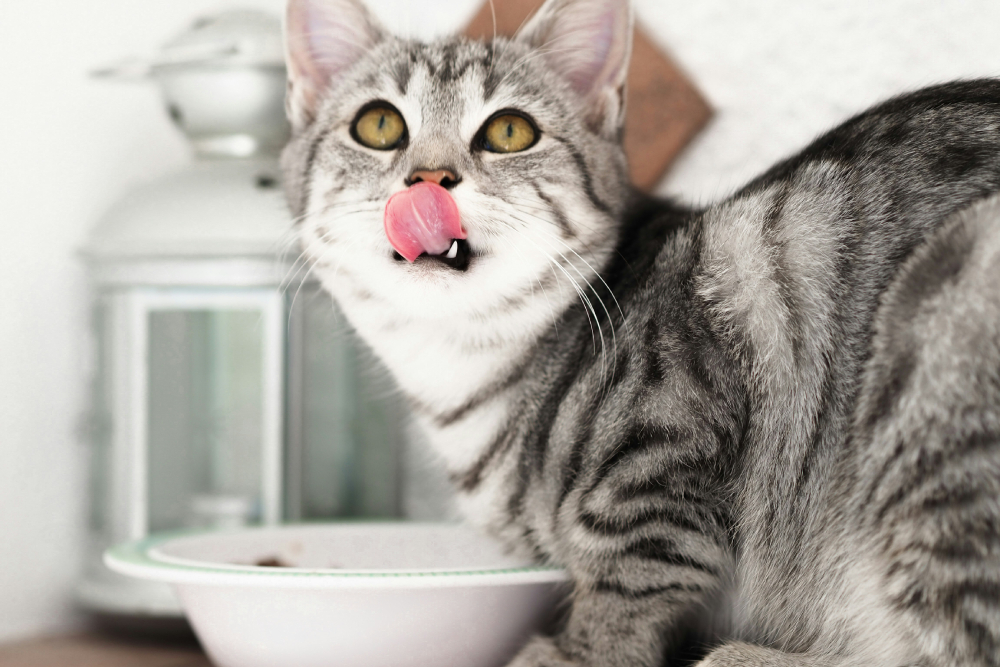

Conclusion
Cats shouldn’t eat bologna regularly, though a few pieces likely won’t harm them. Bologna is filled with ingredients that aren’t healthy for cats, like salt, fat, garlic, and sugar. Too much of these ingredients may lead to health problems.
If you are going to offer bologna to your cat, give them small pieces on rare occasions. Bologna should not be given to your cat often or for long periods. Healthier meats like chicken and turkey are better options. Deli meat should be given to your cat rarely or as a special treat.
Featured Image Credit: HandmadePictures, Shutterstock

